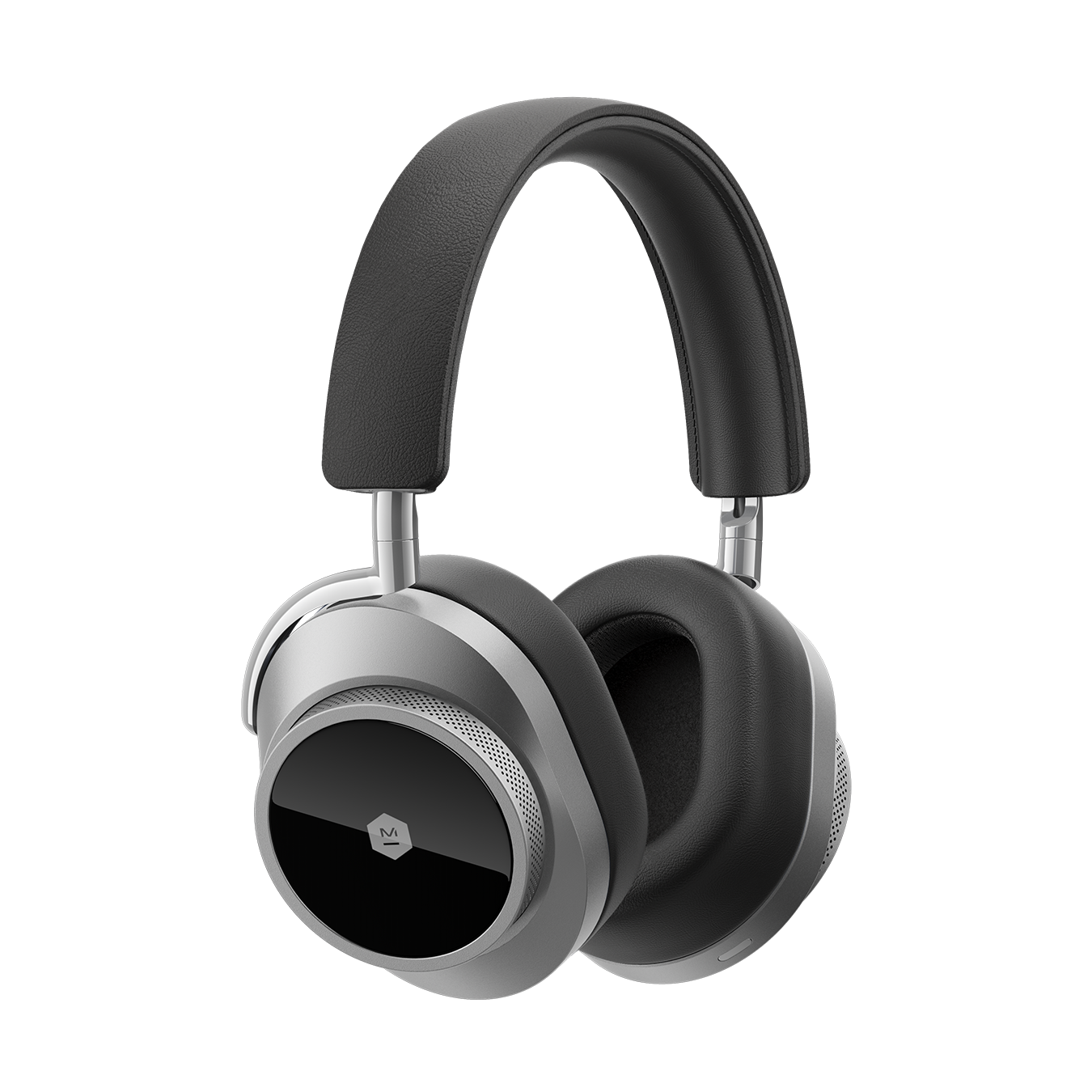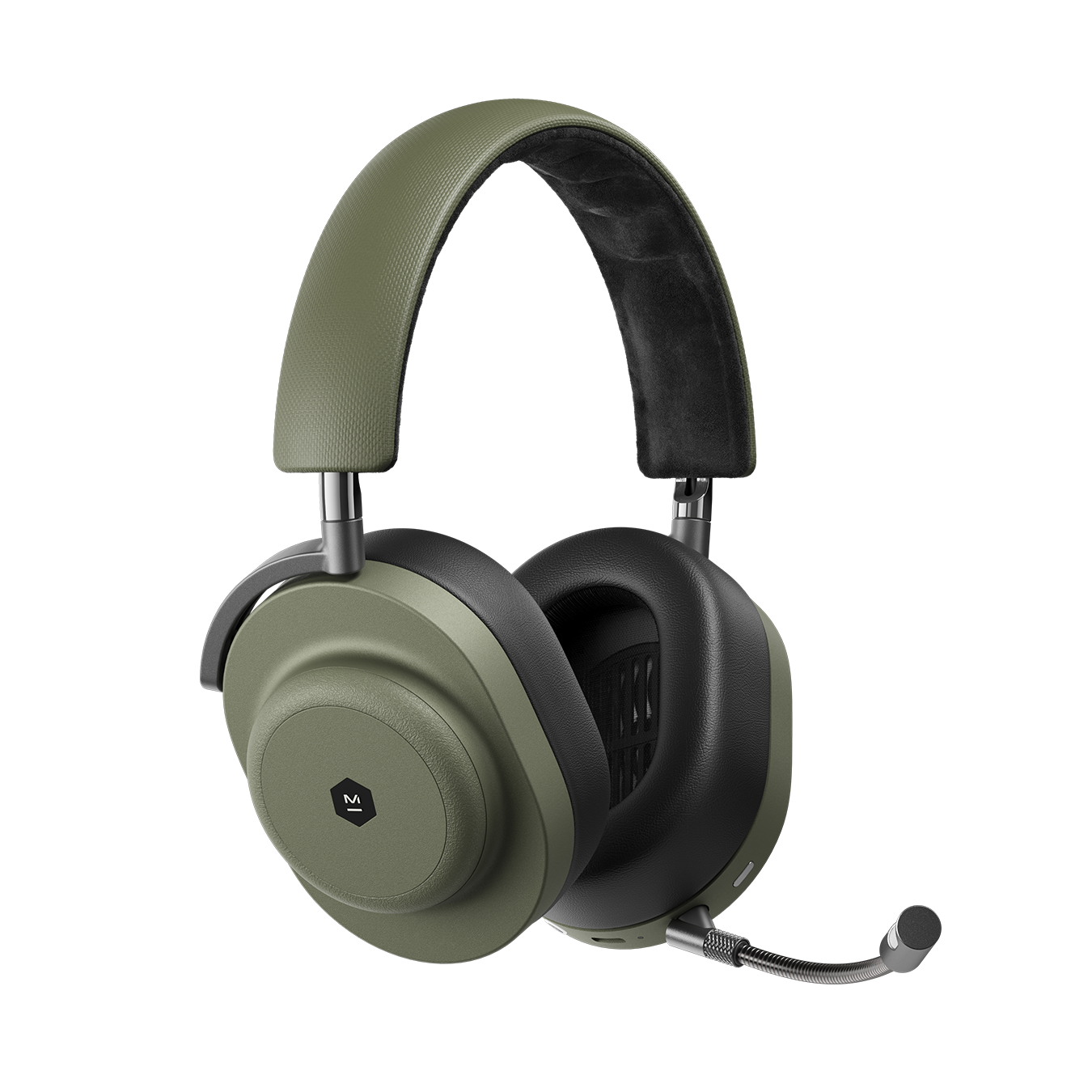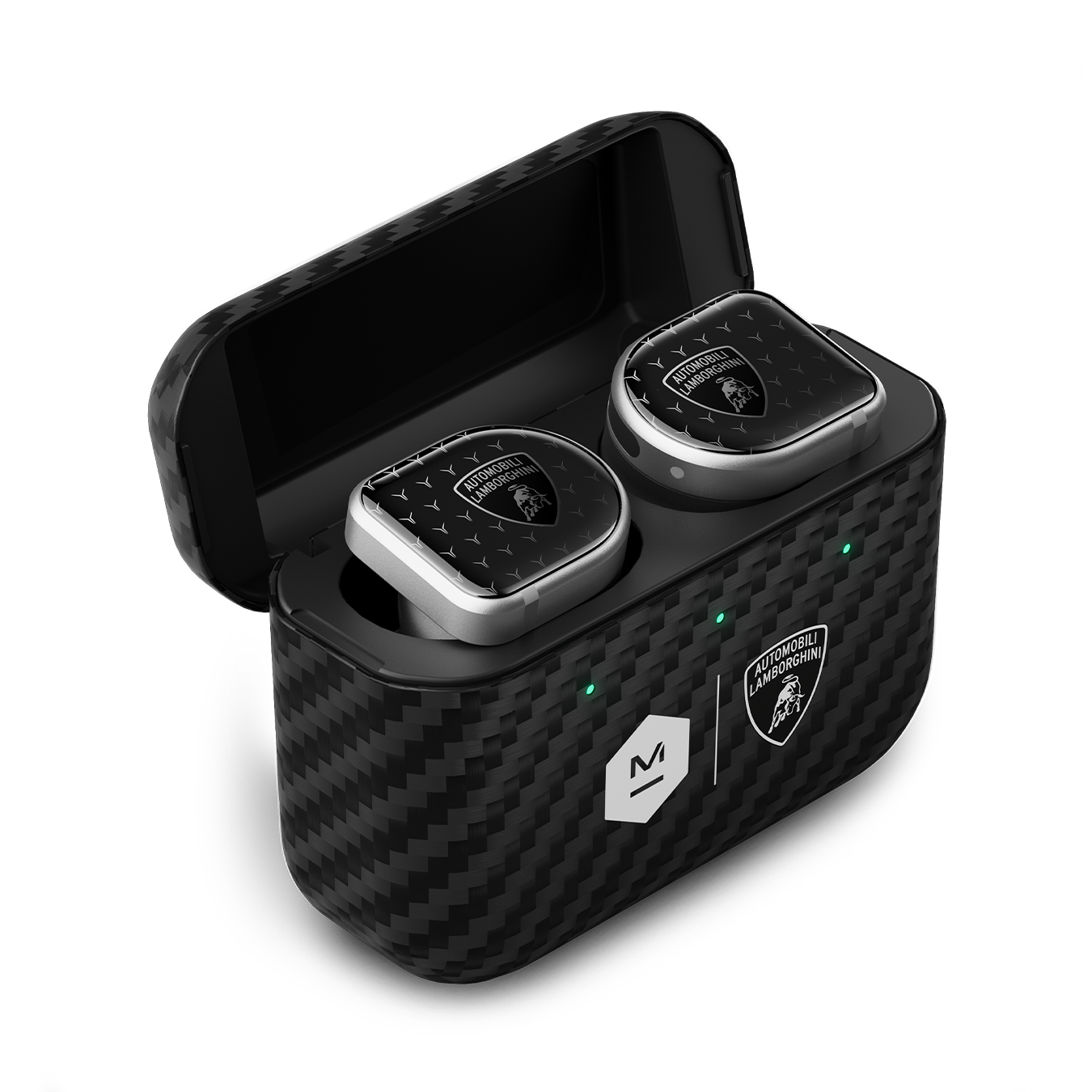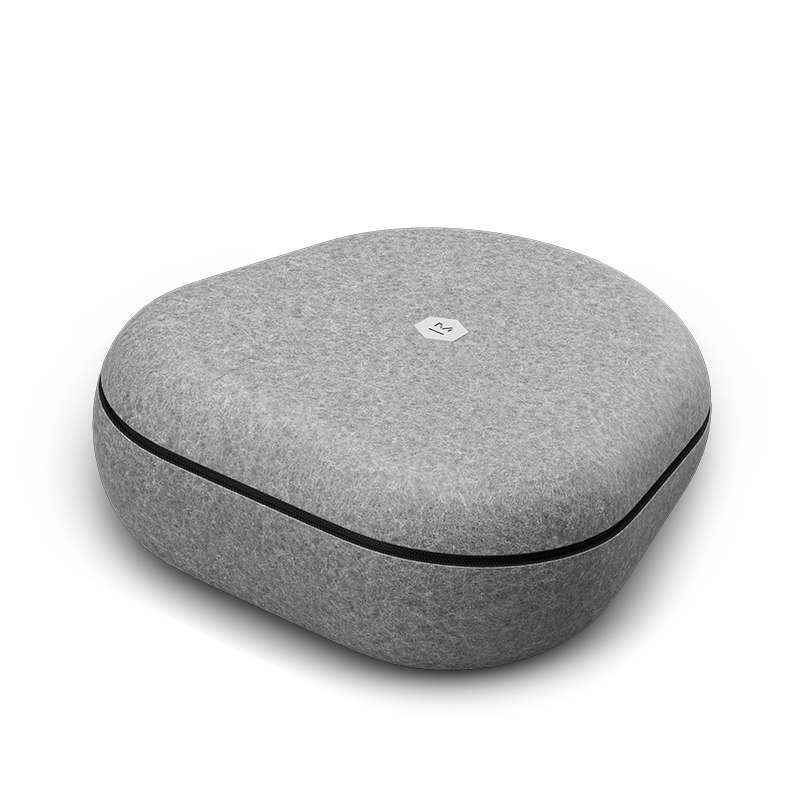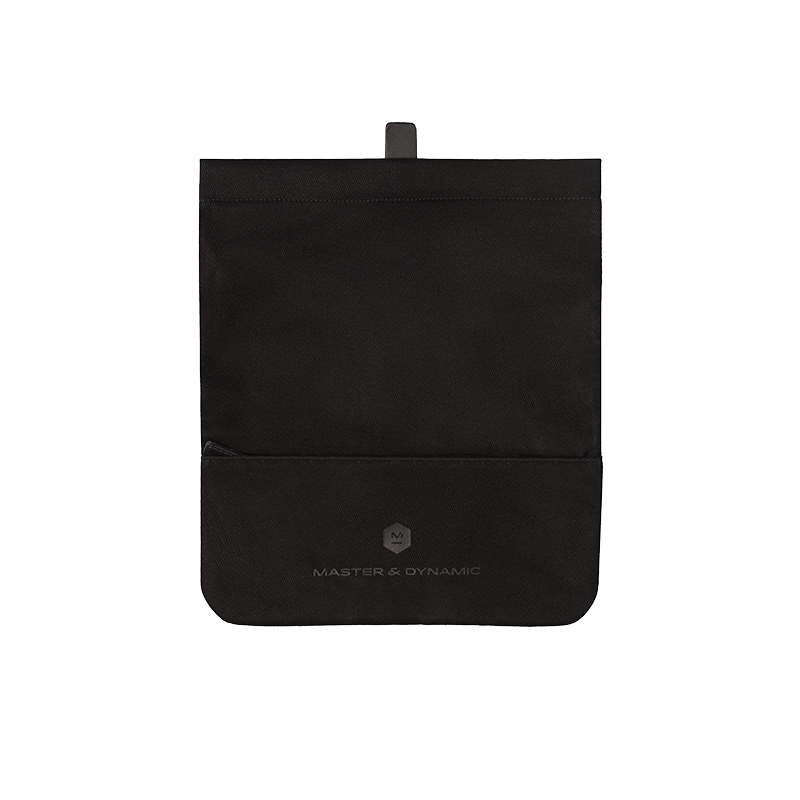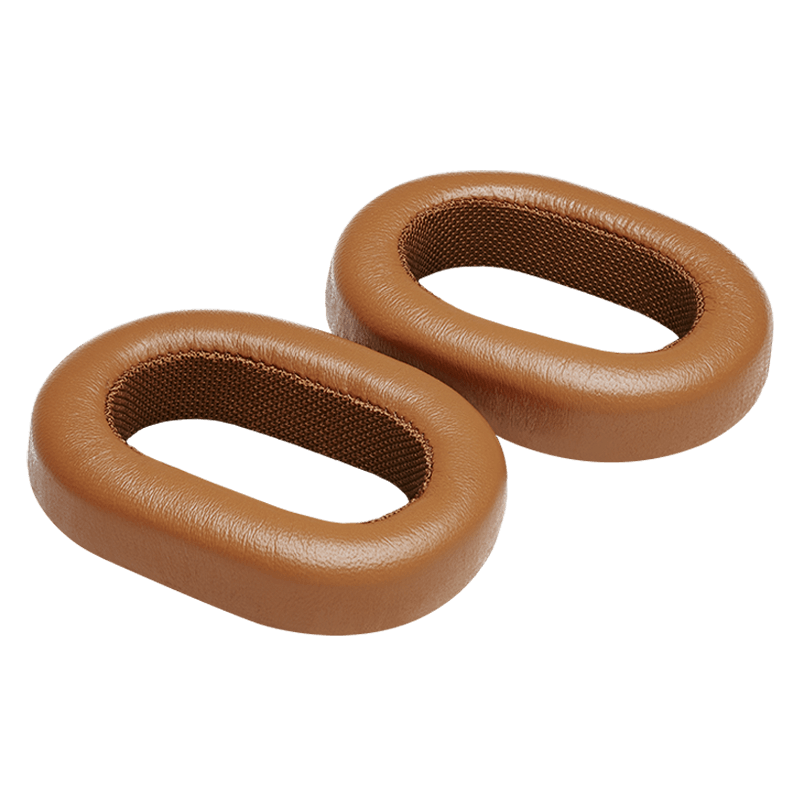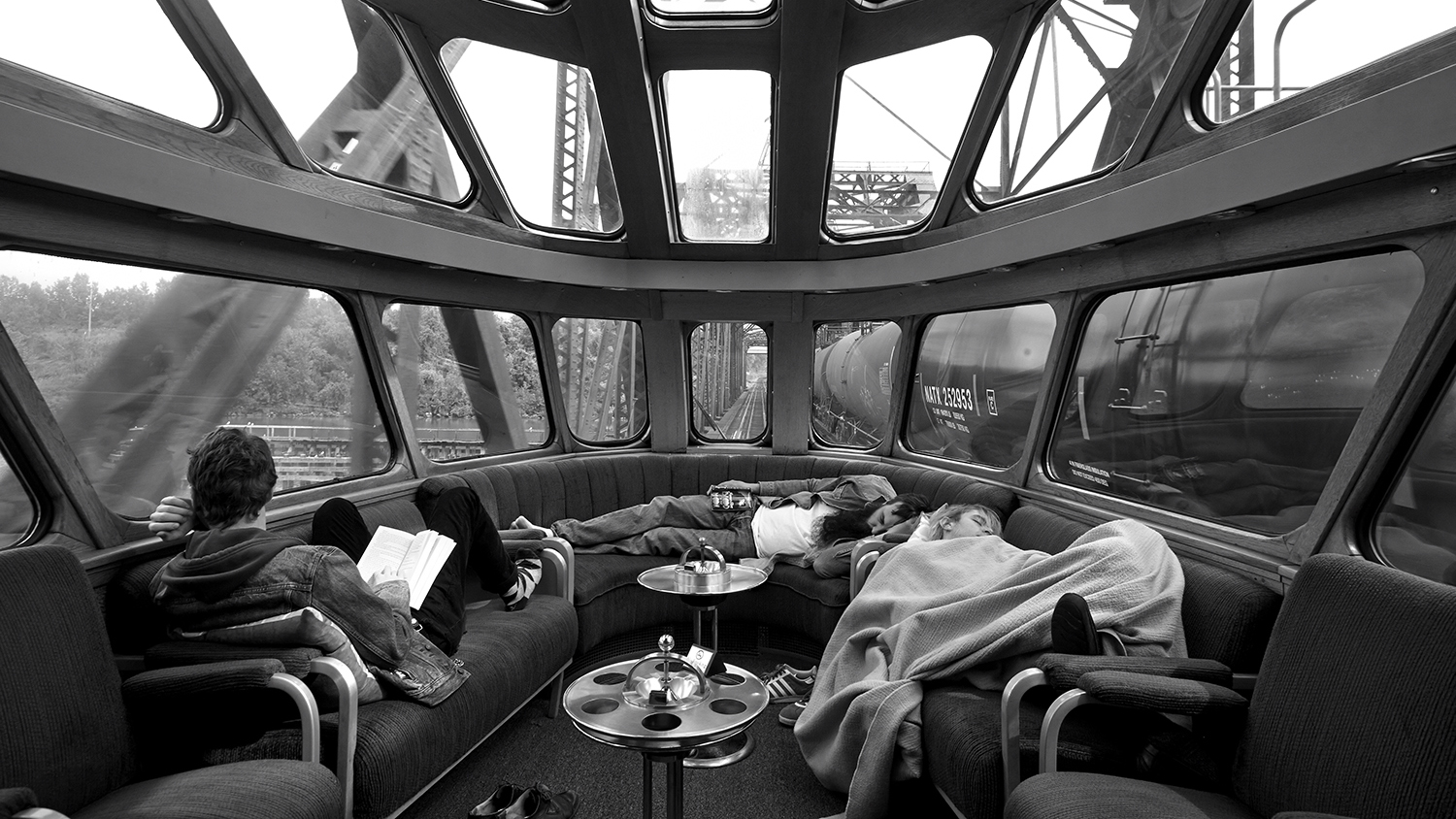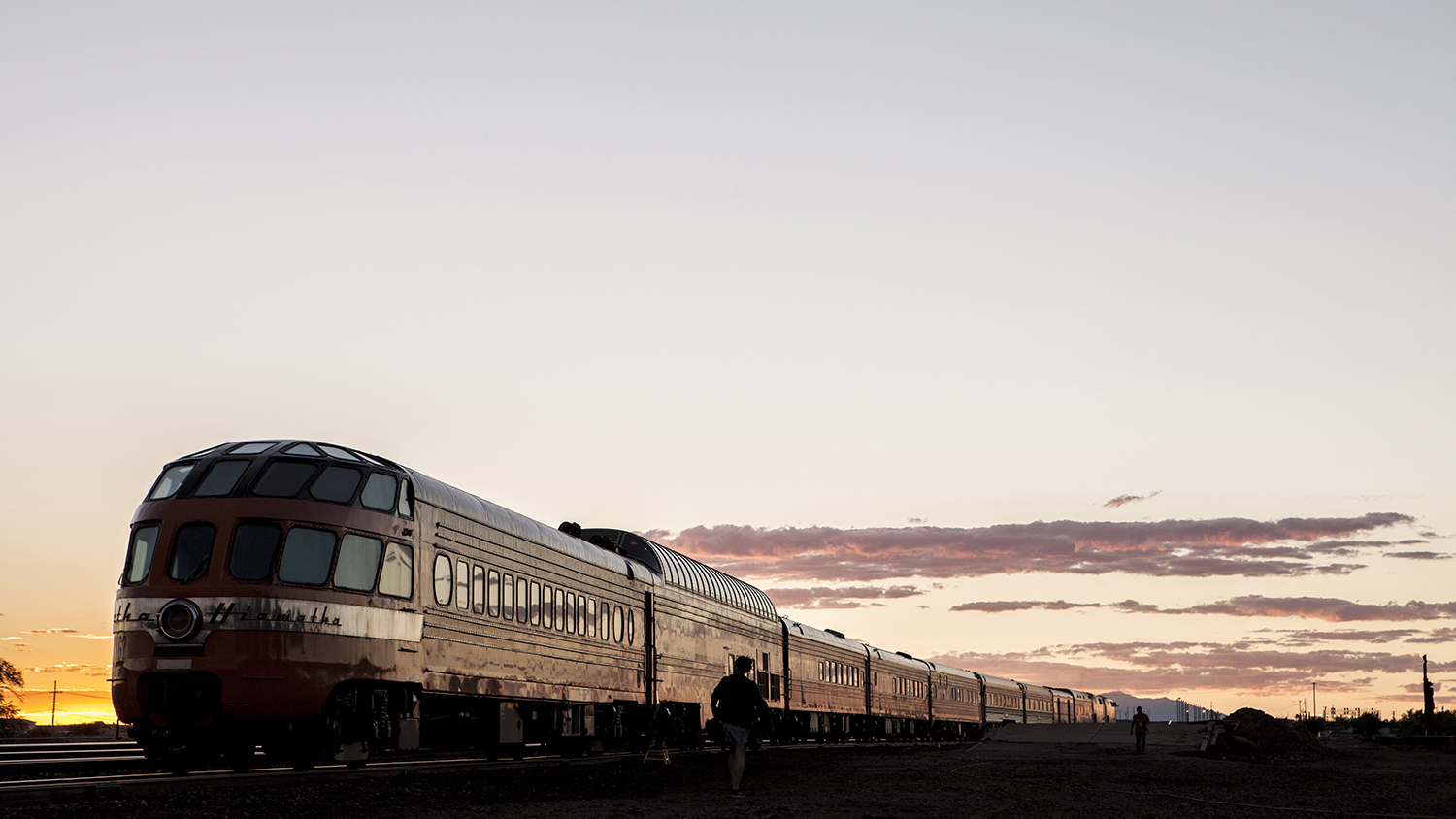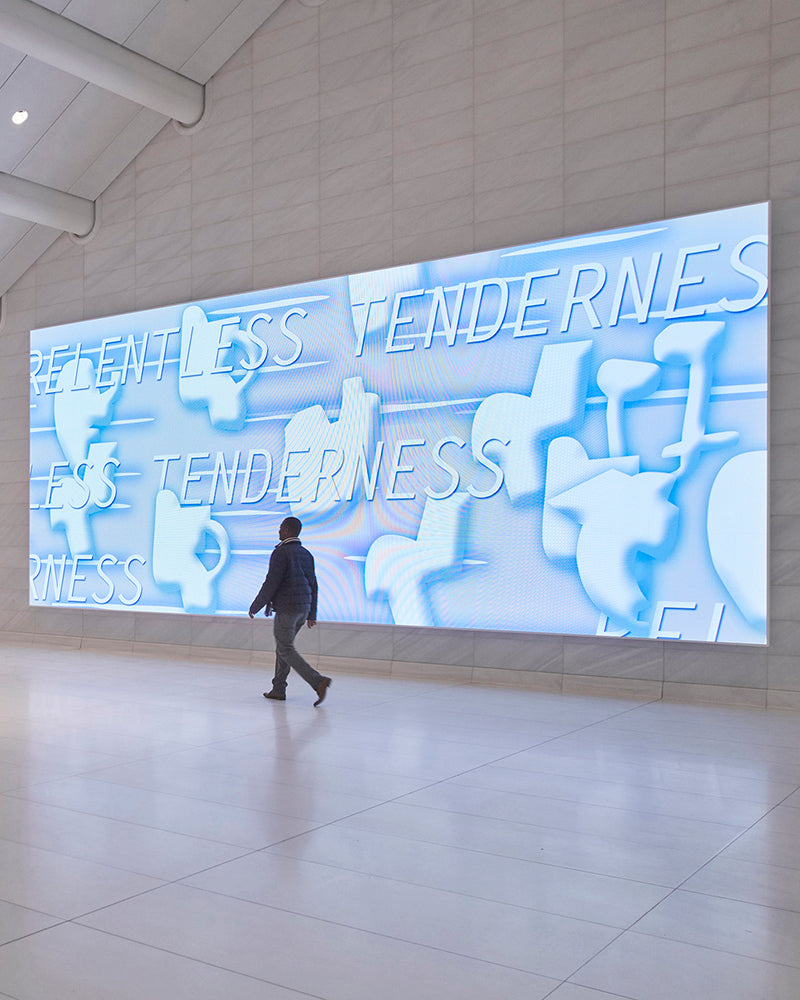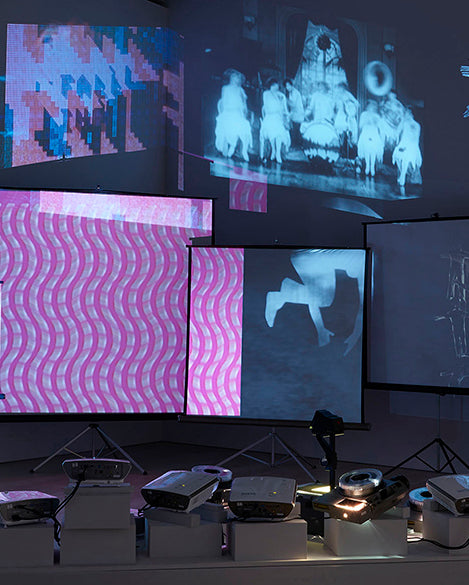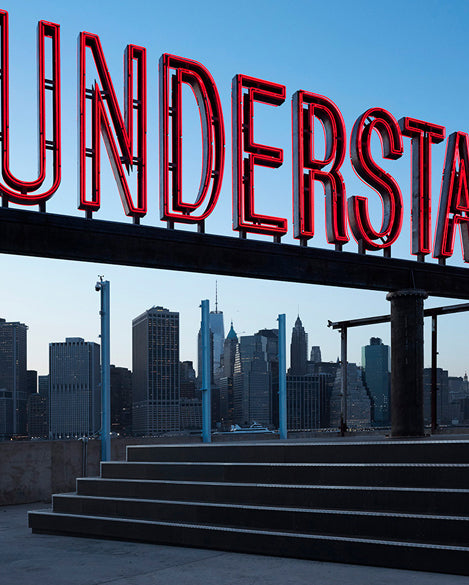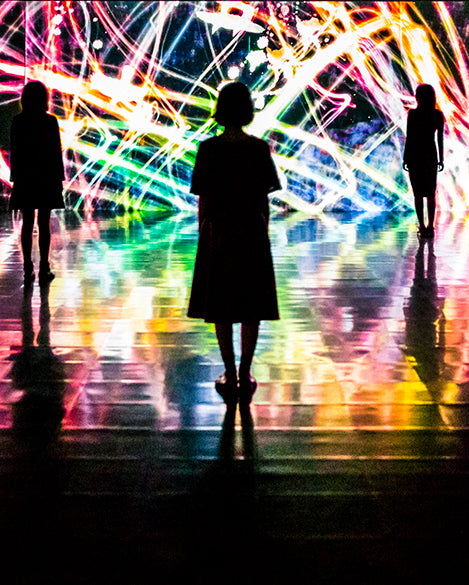In the fall of 2013, Los Angeles artist Doug Aitken launched a month-long, cross-country, moving art installation he dubbed Station to Station after the 1976 David Bowie album of the same name. For the trip, Aitken corralled the most innovative, exciting artists and musicians onto a private train where they would live, collaborate, and party, while putting on nightly multimedia "Happenings" at train stations across the country. Originally a term coined by New York artists in the mid-century art scene, Fluxus, "Happenings" were pop-up parties with art, live music, and installations. Andy Warhol found inspiration in the Fluxus scene to create his multimedia music, art, and film event series, Exploding Plastic Inevitable. Doug Aitken innovated on the earlier movement to create Station to Station.
The Station to Station train left New York City in early September, traveled west-ward across the northern part of the United States to Pittsburgh, Chicago, and the Twin Cities, then headed south through the heartland and continued through Texas, New Mexico, and Arizona to its final destination, San Francisco, in the beginning of October.
